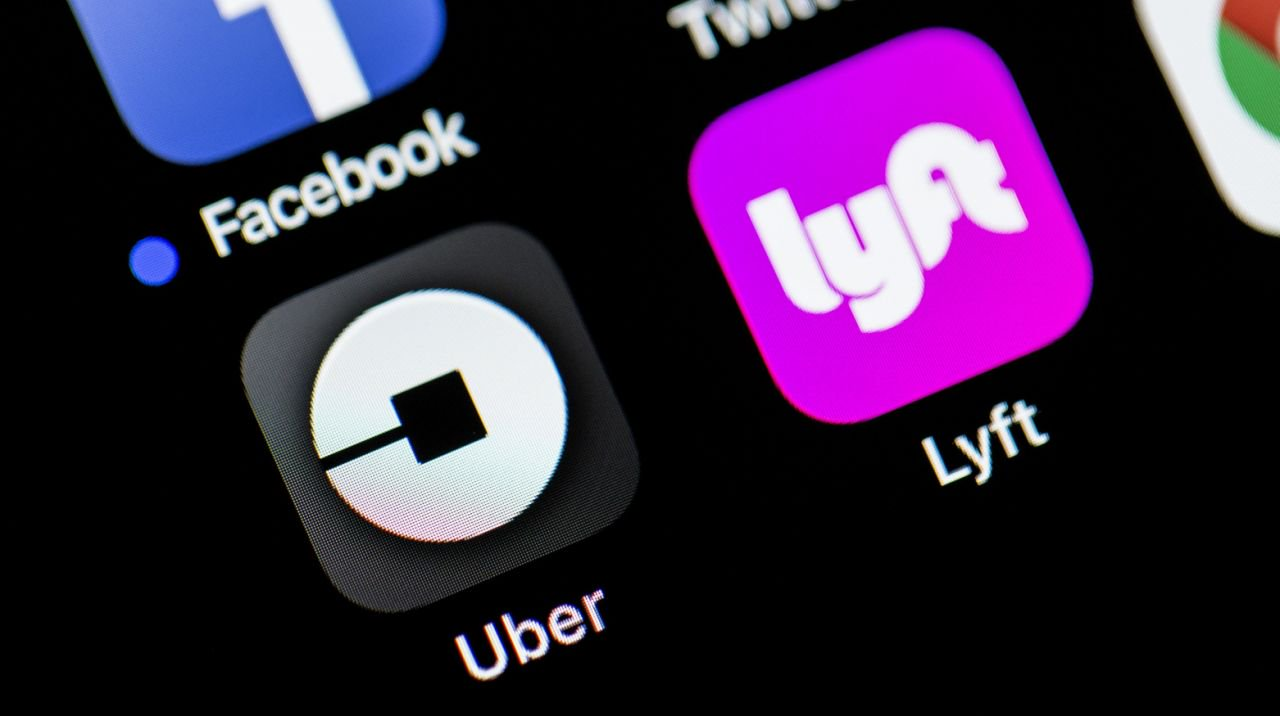Can Uber and Lyft win back user trust with growing sexual assault claims?

A few minutes every morning is all you need.
Stay up to date on the world's Headlines and Human Stories. It's fun, it's factual, it's fluff-free.
Responses to Uber’s December 5 report on US user safety have been mixed, with one prominent paper claiming that the company’s 84-page safety disclosure offers more questions than answers.
What’s in the Uber report?
Uber outlined a number of steps taken in response to the over 3,000 sexual assaults reported by users of its service in 2018. These steps include sharing the names of drivers it has banned with companies offering similar services, new technology features that would allow riders to verify their drivers with secure Personal Identification Number (PIN) codes, a survivor support hotline, sexual misconduct and assault education for drivers, and a partnership with Raliance, a resource center “dedicated to helping companies and organizations create safer workplaces.”
Uber also attempted to broaden the conversation about assaults on its service, declaring that these incidents were more than just an “Uber thing” and that its intention by releasing this report was “to make an impact well beyond our own company”, encouraging “others to be more transparent with their data and to share best practices that can make everyone safer.”
[article_ad]
What prompted the report?
Uber has faced a number of accusations in recent years claiming the company is not doing enough to prevent sexual assaults on its service, with court papers filed in California in 2014 even alleging that murderers, sexual offenders, and thieves have all worked as drivers for the company.
A Connecticut woman filed a lawsuit against the company after claiming she was repeatedly groped by her driver during a ride in 2017 – just one of many instances of assault that have been reported by riders.
What about its competitor?
Uber is by no means alone in this. Last week, 19 women filed suit against Lyft, Uber’s top competitor in the ride-hailing market, joining a growing list of victims who have accused the company of fostering a sexual assault “epidemic”.
In response, Lyft announced that it, like Uber, would start offering training to both riders and drivers on how to prevent sexual harassment. “As a platform committed to providing safe transportation, we hold ourselves to a higher standard by designing products and policies to keep out bad actors, make riders and drivers feel safe, and react quickly if and when an incident does occur,” reads a statement from Lyft’s head of Trust and Safety, Mary Winfield.
What safety measures can riders take?
While Uber has pointed out that such incidents make up a very small percentage of total rides – 0.0003% according to the company – this figure consists only of reported assaults and the number of total incidents is thought to be far higher. “It’s important to remember when reading this report that only 1 in 3 women report their sexual assault,” says Mike Bomberger, a partner at Estey & Bomberger, a law firm representing over 100 clients who currently have sexual assault claims filed against Uber.
Another law firm currently representing dozens of women claiming to have been sexually assaulted during Uber and Lyft rides has released a list of six safety tips that users of ride-hailing services are advised to take into account. “Many of these incidents happen when a passenger has had too much to drink,” Cutter Law attorney Brooks Cutter warns. “When there’s a solo, intoxicated woman in the car, they are vulnerable to predatory drivers.”
[article_ad]




Comments ()